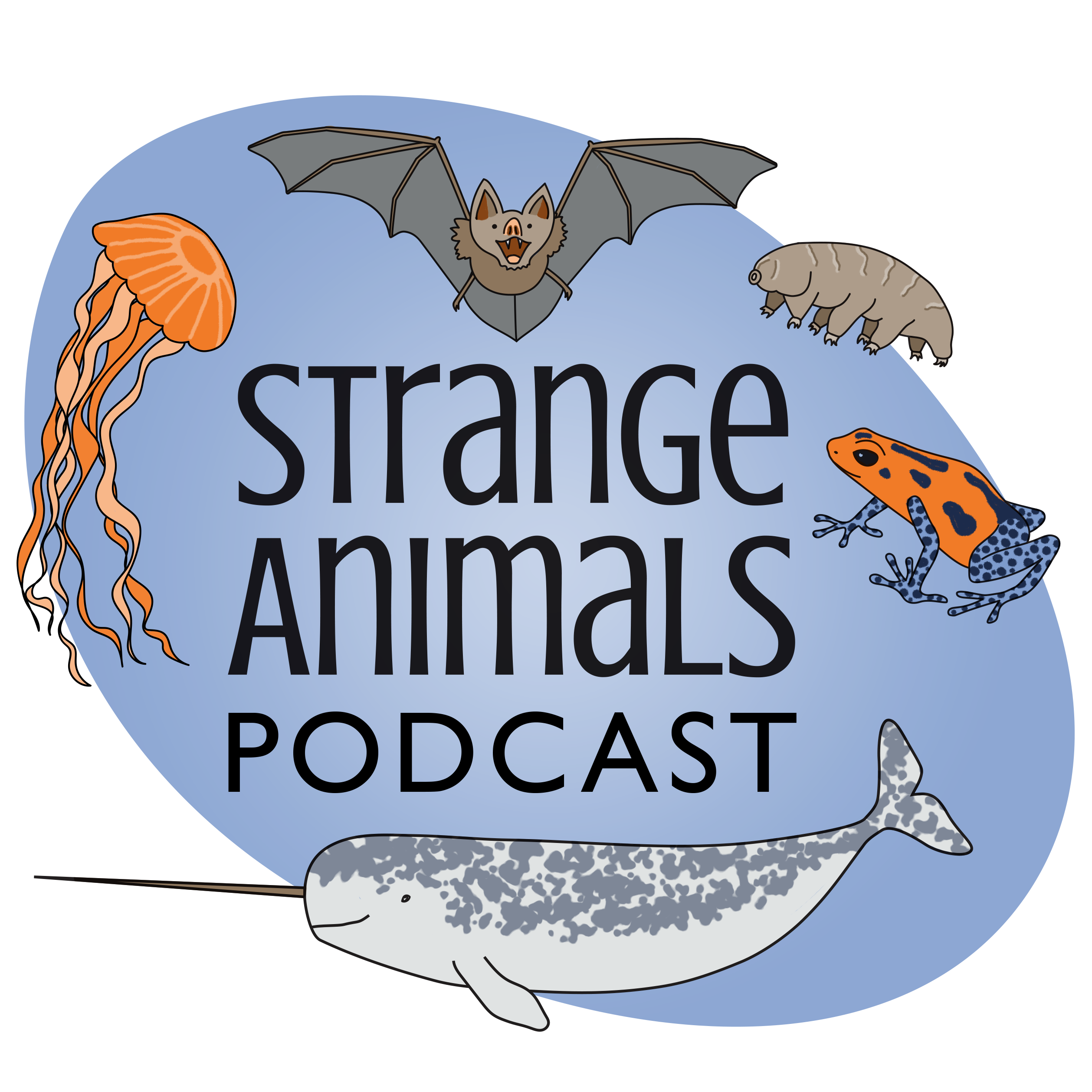Episode 307: Coqui Frogs and Glass Frogs

Thanks to Miranda and Henry for this week's frog suggestions!\n\nFurther reading:\n\nShattering the Glass Frog Ceiling\n\nThe Puerto Rican wetland frog, AKA coqu\xed llanero:\n\n\n\nThe golden coqu\xed in happier times:\n\n\n\nGlass frog from above and below:\n\n\n\nA female granulosa glass frog named Millie (in one of the few successful breeding programs of these frogs), looking demure:\n\n\n\nLaura's glass frog, rediscovered after almost 70 years [photos from this article]:\n\n\n\nShow transcript:\nWelcome to Strange Animals Podcast. I\u2019m your host, Kate Shaw.\nThis week we have suggestions from Henry and Miranda, so we\u2019re going to learn about some weird but cute frogs!\nFirst, Miranda listened to episode 270 about the tapir frog and commented about a little frog native to Puerto Rico that sounds very similar. It\u2019s call the coqu\xed frog and it has an adorable beep! It sounds like this:\n[frogs beeping]\nYou can definitely hear why the coqu\xed frog is called that. It sounds like it\u2019s saying \u201ccoqu\xed.\u201d\nThe coqu\xed is a type of tree frog although most species prefer to live on or near the ground. Instead of webbed toes, their toes have discs that act sort of like suction cups that help them stick to leaves. Different species of coqu\xed frogs are different colors, including brown, green, gray, and yellow. Their tummies are usually white or yellow. Most species are quite small, although a few species grow as big as 3 inches long, or about 8 cm.\nThere are at least 17 species of coqu\xed frog known in Puerto Rico, with more species found in other parts of the Caribbean and in Central and South America. New species are discovered from time to time, including the tiniest species, the Puerto Rican wetland frog. It was only discovered in 2005 and described in 2007. It\u2019s about 15 mm long from nose to butt, or more properly snout to vent, and while males are bright yellow, females are browner. It lays its eggs on the leaves of a plant called the bulltongue arrowhead, and it only lays one to five eggs at a time. Instead of hatching into tadpoles, the eggs hatch into miniature frogs which are ready to hop out and eat lots of ticks, because that\u2019s mainly what this species of coqu\xed eats. And that\u2019s about all we know about this particular species except that it only lives in one small area of Puerto Rico and is critically endangered.\nAnother species of coqu\xed is the golden coqu\xed, which is almost as small as the Puerto Rican wetland frog. It\u2019s yellow or golden in color, or sometimes a more olive green. Instead of laying eggs that hatch into tadpoles that develop into frogs, the golden coqu\xed skips most of these steps and just gives birth to fully developed teeny baby frogs, three to six of them at a time.\nThe golden coqu\xed lives in a small, specific habitat, a moist subtropical forest where bromeliad plants grow. Bromeliads are shrubby plants with succulent-type leaves that retain water. Pineapples are a type of bromeliad, although not the ones the golden coqu\xed lives in. Unfortunately, the golden coqu\xed is also critically endangered and may actually be extinct. No one has seen one since 1981.\nMost species of coqu\xed lay their eggs on leaves instead of in water. The eggs still need to stay moist, though, so in many species the male will bring water to the eggs. He does this by just dunking himself in water, then returning to the leaf where the eggs are and plunking himself down on the eggs. He will also guard the eggs from potential predators. The eggs of all coqu\xed species hatch into frogs instead of tadpoles.\nA few species of coqu\xed have been introduced to other parts of the world, either by accident or on purpose, and have become invasive species. This is especially true in Hawaii, where the coqu\xed has become incredibly common and as a result is causing some native frogs to decline in numbers, along with other animals. But in Puerto Rico, where the coqu\xed belongs, people are naturally proud of their loud little frogs. The indigenous people of Puerto Rico,